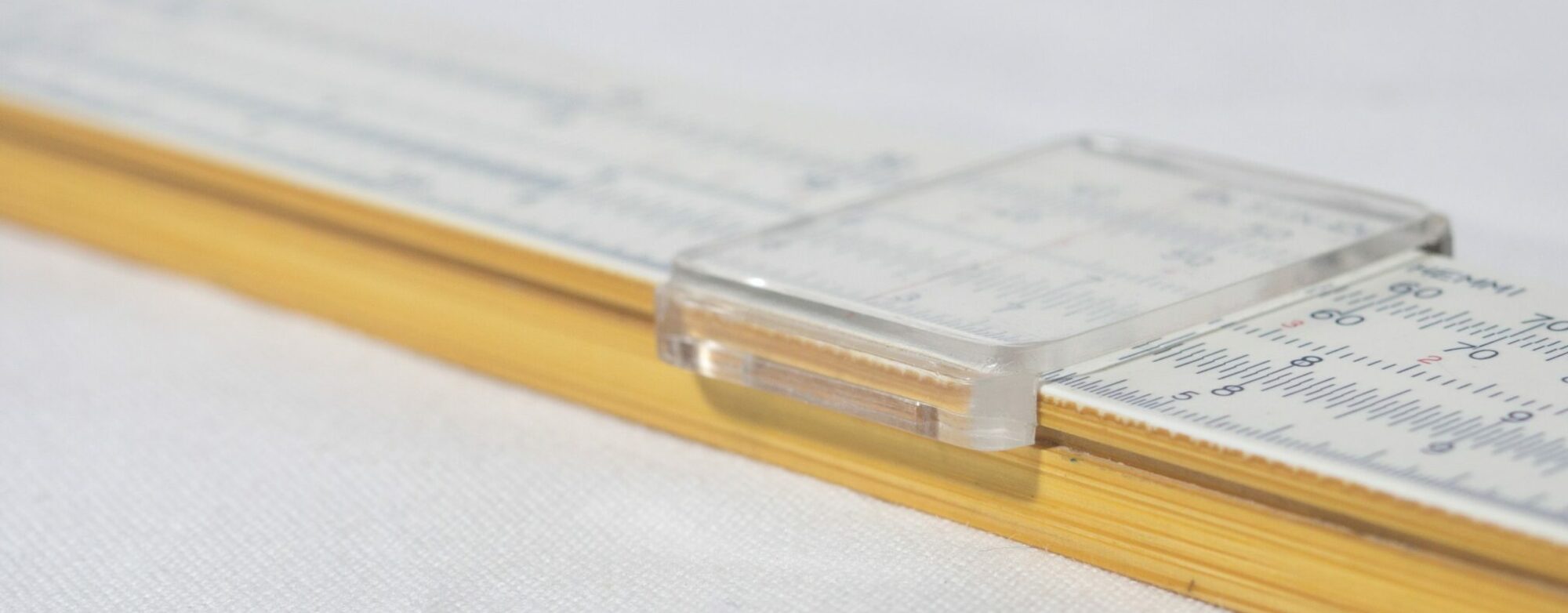Authors: Haywood, JR (corresponding author); Meineke, M; Grzetic, S; Smith, J
Abstract
Purpose: We provide heterogeneity and geometry correction factors for use in electron monitor unit verification calculations. Method: We use the unrestricted collisional stopping power for tissues encountered in electron beam treatments to make the heterogeneity correction factors table. We create the geometric correction factors table by taking the ratio of the doses in spherical phantoms to the dose in a flat phantom. We then added the correction factors to the TG-71 monitor unit verification equation. Results: The heterogeneity and geometry correction factors range from (0.9-1.01) and (0.8-1.0), respectively, for the energies presented. The differences between the treatment planning system and the TG-71 calculations drop from (3-14)% to (0-3)% using our modified equation. Conclusion: Monitor units calculated with the correction factors typically increase for patients with a convex curvature, which matches the behavior of Monte Carlo based planning algorithms. An increase in monitor units lowers the percent difference between the second check and the treatment planning system to under the TG-114 recommended 5% actionable level.
Introduction
The current guidance for calculating dose distributions and monitor units (MU) for clinical electron beams is to use CT datasets and 3D heterogeneity corrections1. The recommendation assumes the treatment planning system (TPS) is properly commissioned following the guidelines in TG-53 2. However, anecdotal evidence suggests that there are a large number of centers that utilize their TPS for the calculation of electron isodose lines, yet choose to treat the planned aperture and geometry with hand or second check calculated MU rather than the MU from the TPS3.
At our institutions, when modeling dose in the breast, chest wall, and scalp, the MU calculated by the treatment planning system (Eclipse eMC, Varian Medical Systems, Palo Alto, CA) are generally greater than the MU calculated using the TG-714 formalism. TG-114 and TG-71 indicate that patient heterogeneity and complex geometries (obliquity and patient curvature) are the most likely causes 5, 4. Khan has discussed obliquity factors for electron beams6, and those treatment types are not considered here. Our focus in this study is en face treatment beams. We denote the corrections associated with patient curvature as geometry corrections. Below we present tables of heterogeneity and geometry correction factors. These factors are sufficient to correct hand calculations in several anatomic locations using en face treatment beams.
Continue reading “Correction factors for monitor unit verification of clinical electron beams”
